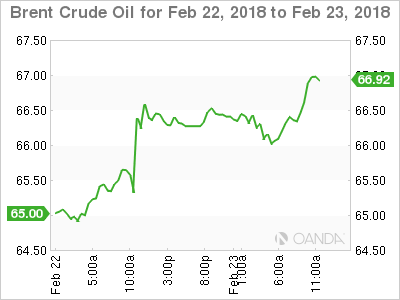Alright, let’s cut through the noise. The latest financial data from March paints a cautiously optimistic picture of China’s economic recovery. We’re seeing a genuine uptick in credit demand – a crucial sign of life – which translated into surprisingly robust loan growth.

Couple that with increased government bond issuance, and you get a nice surge in total social financing. What does this mean? Simply put, the financial system is stepping up to back the real economy, and that’s exactly what we need to see.
Now, let’s not get carried away. This positive momentum could be seriously jeopardized by the escalating trade tensions, specifically the recent US tariff announcements. This isn’t just about numbers; it’s about a seismic shift in the global political and economic landscape. Protectionism is rearing its ugly head, and we MUST be prepared.
Here’s a quick knowledge boost for you:
Total Social Financing (TSF) is a broad measure of funds raised by the non-financial corporate sector. It encompasses not just bank loans, but also things like corporate bonds, equity financing, and trust loans.
An increase in TSF signals stronger investment and economic activity. It’s a key indicator for understanding the flow of capital within the Chinese economy.
Unlike narrow credit growth (which focuses solely on bank loans), TSF provides a more holistic view of funding sources.
The strength of TSF is often driven by government policy directives aimed at supporting specific sectors or encouraging investment.
Look, Beijing isn’t sitting idle. They still have plenty of policy tools at their disposal. Expect proactive, dynamic adjustments based on how things unfold globally. We’re talking about strengthening counter-cyclical measures to cushion any external shocks. It’s about being adaptable and prepared to navigate a volatile world. Frankly, that’s what seasoned investors demand to see.






